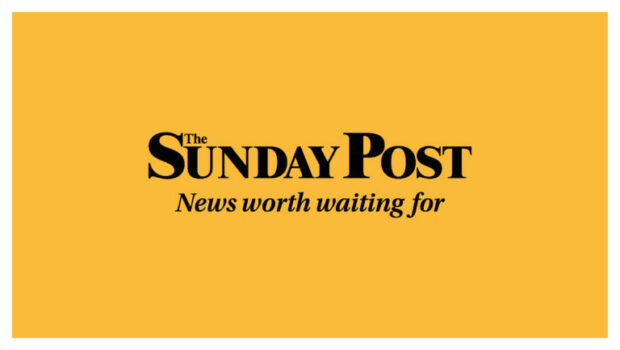
Dismaying and utterly predictable, the Taliban’s targeting of girls and women in Afghanistan is, of course, beyond the pale. It is not, however, beyond belief.
Like the scorpion stinging the frog carrying it across the river, these deplorable men are only being true to their nature. They are doing what they did before Nato arrived and what they started doing as soon as the Allies so suddenly bailed out in the late summer of 2021.
Of course, their spokesmen murmured as the West rushed in panic to Kabul airport after 20 years spent keeping the hardliners at bay, their new regime would be more moderate than those that had gone before. Of course, they lied.
Most secondary schools for girls remain closed while gunmen, rifles cradled in their arms, challenge women trying to walk in a park or exercise in a gym but now, alarmingly, the pace of the onslaught on women’s rights is quickening.
In recent days, women have been banned from attending university or working for non-governmental organisations (NGOs), many of them providing crucial, life-saving support to the most vulnerable in what is becoming, again, a benighted country.
‘It breaks my heart’: Special envoy tells of despair as Taliban wages war on women’s rights
At least five of the most impactful NGOs on the ground in Afghanistan, including Care International and Save the Children, immediately said their work could not continue without female staff. The UN’s security council says it is “deeply alarmed”. No wonder.
Today, Alicia Herbert, one of the UK’s most senior civil servants and the prime minister’s special envoy for gender equality, tells us of her deepening dismay at the events unfolding in Afghanistan.
She says: “If you invest in women and girls, it means they will be more productive, they will have better lives, they will go into the workplace, and they will tend to marry later, they will have fewer children and healthier children and their families will be more prosperous.
“It is an investment for now and for the future. So it breaks my heart to see things as they are at the moment.”
In the panicking days of withdrawal from Kabul, the West betrayed Afghanistan. The awful scale of that betrayal is becoming clearer by the day and its most crushing impact is, of course, being borne by girls and women.
The West cannot turn away now. We may not be responsible for the medieval atrocities being inflicted on women in Afghanistan but the sudden, catastrophic departure that left them at the mercy of the Taliban is all on us.
We knew what they would do and we left anyway, washing our hands, putting our fingers in our ears and looking the other way as these marauding, emboldened men started turning the clock back 500 years.
We must take responsibility for that. We must have hope the girls and women of Afghanistan will have a happier new year but we must offer more than warm words and good vibes.
Every screw – political, diplomatic, economic – that can be tightened on the Taliban must be tightened to slow then halt their rolling barbarity.
We allowed this. We cannot now allow it to stand.

Enjoy the convenience of having The Sunday Post delivered as a digital ePaper straight to your smartphone, tablet or computer.
Subscribe for only £5.49 a month and enjoy all the benefits of the printed paper as a digital replica.
Subscribe